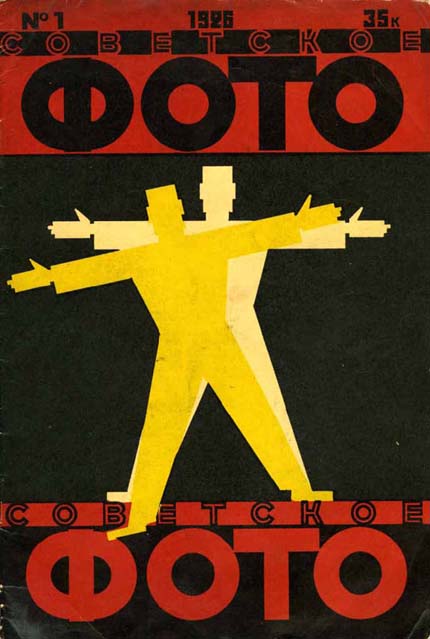
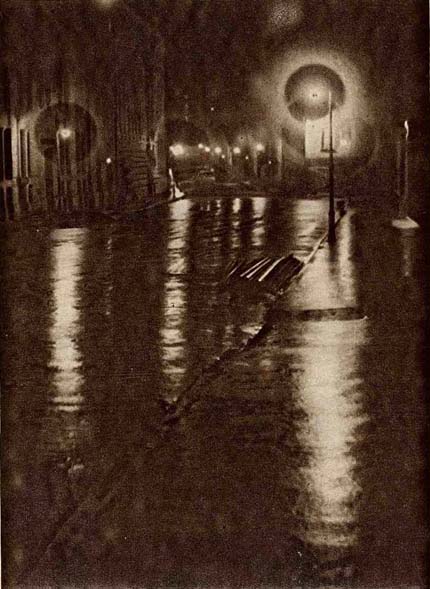 A suburb in Moscow and the Kremlin from the first issue of the journal
A suburb in Moscow and the Kremlin from the first issue of the journal (the rest of the photos are also from there)
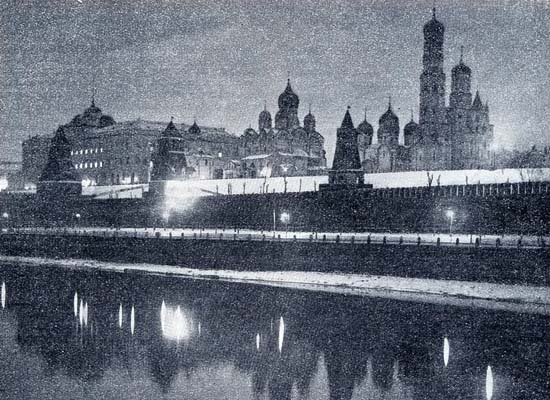
The first edition begins with an editorial by the cultural politician and Lenin’s old comrade-in-arms Anatoly Lunacharsky, which announces that photography should become a part of the basic education. “The time is not far when photography, which many now consider as a mere entertainment, will belong – as technical, scientific and artistic photography – to the basic skills of every citizen of our country.”
“At that moment a cry was heard: Menshov, the photographer fell from the top of the baggage-cart. He had climbed up there to take a snapshot of the departure. Menshov laid for a few seconds on the platform, keeping his camera above his head, then he got on his feet, anxiously checked the lock, and then he climbed to the top of the cart again.
– Did you fall down? – asked Uhudshansky, leaning from the train’s window with a newspaper in his hand.
– It’s nothing – the photographer said contemptuously. – You should have seen when I fell from the tower of the roller coaster in the Park of Culture.”
– Did you fall down? – asked Uhudshansky, leaning from the train’s window with a newspaper in his hand.
– It’s nothing – the photographer said contemptuously. – You should have seen when I fell from the tower of the roller coaster in the Park of Culture.”
(Ilf-Petrov: The Golden Calf, 1931)
The majority of the journal’s articles serve to this goal. The readers are offered practical guidance on creating their own home photo laboratory, on acquiring equipment, lamps and chemicals, on development and retouching. Already the first issue has an editorial on “The tasks of our photographic industry” which was obviously not only an information to the readers, but also a demand to those responsible for the field.
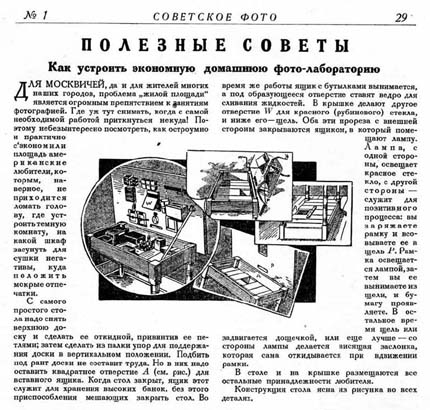
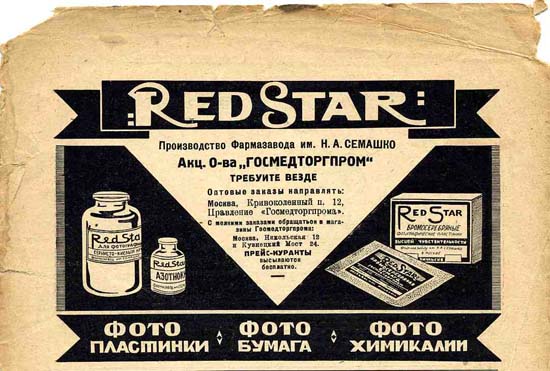
Every issue dedicated about one page to the most recent foreign photographic products. A peculiar album of the history of photo technology could be compiled just from these pages.
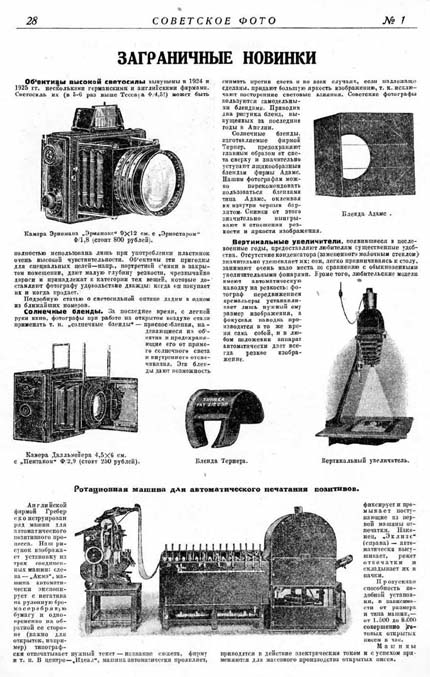
Several articles give guidance to the opportunities of photography in the study of nature, industrial work, the army, in hospitals, in provincial towns and villages, and even in the anti-alcohol campaign.
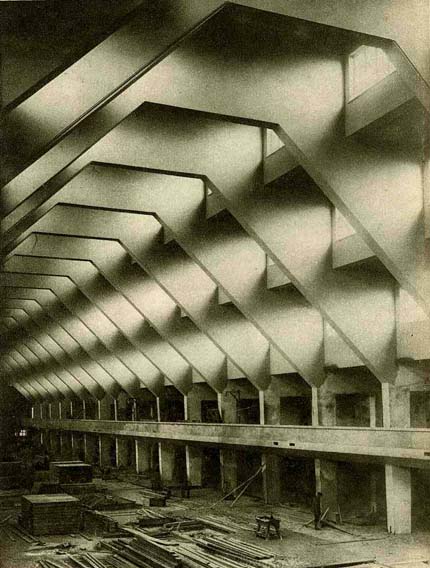 A modern reinforced concrete building under construction. Its atmosphere is strangely akin
A modern reinforced concrete building under construction. Its atmosphere is strangely akinto those industrial ruin photos, published nowadays on Russian sites, which
represent the same structures after their decay in the 90s.
Although Lenin was no longer alive, nevertheless such a pioneering undertaking could not start without his blessing. After Lunacharsky’s article, L. Leonidov, the Kremlin’s photographer publishes a string of anecdotes entitled “How we photographed Lenin”:
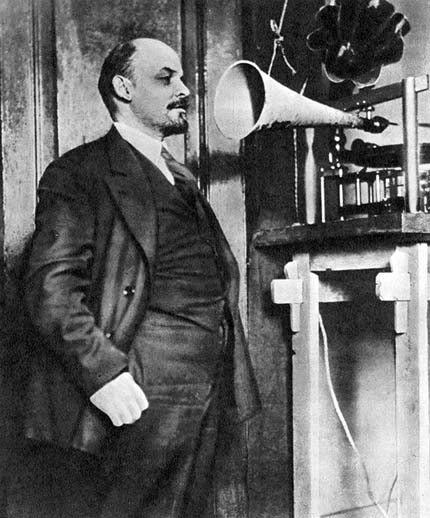
“In 1919 in the Kremlin’s Mitrofan Room V. Ilyich recorded a speech with a phonograph. He spoke about the Hungarian revolution [of March 21, 1919]. V. Ilyich began his speech like this:
“When I talked by radio with Comrade Radio”, and he repeated: “with Comrade Radio Kun” (instead of the correct Béla Kun)… – and in that moment he broke out in laughter. The wax cylinder recorded both “Radio Kun” and the laughter of V. Ilyich.
Comrade Bronshtein, the leader of the recording stopped the phonograph and asked him:
– Vladimir Ilyich, do you want to hear you have just said? – And he switched on the membrane. The wax cylinder accurately reproduced both the sound, and the laughter as well as “Radio Kun”.
– That’s amazing! – V. Ilyich said. – This is the first time I hear my own voice. And how peculiar that it is no Frenchman or Jew who is talking. – It is indeed well known that V. Ilyich spoke with a strong burr.”
“When I talked by radio with Comrade Radio”, and he repeated: “with Comrade Radio Kun” (instead of the correct Béla Kun)… – and in that moment he broke out in laughter. The wax cylinder recorded both “Radio Kun” and the laughter of V. Ilyich.
Comrade Bronshtein, the leader of the recording stopped the phonograph and asked him:
– Vladimir Ilyich, do you want to hear you have just said? – And he switched on the membrane. The wax cylinder accurately reproduced both the sound, and the laughter as well as “Radio Kun”.
– That’s amazing! – V. Ilyich said. – This is the first time I hear my own voice. And how peculiar that it is no Frenchman or Jew who is talking. – It is indeed well known that V. Ilyich spoke with a strong burr.”
The journal lays particular stress on the use of the photo in the press. Already the first issue makes a detailed presentation of the factory wall-newspaper made with amateur photos, and also provides two in-depth articles: “How to take pictures for newspapers and journals” and, from the other side, “The photo from the editor’s perspective: which photos to take for a newspaper.” In addition, in each issue one or more photographers speak about their work done for the press.
The last pages publish the results of the monthly photo contests announced among the readers. And even the contemporary Photoshop techniques had a page of their own.
Russian press photography was of a very high standard since the end of the 19th century – we will write about it later – so the magazine had no difficulty in publishing several good pictures from professionals in every issue, to encourage its readers, as it were.
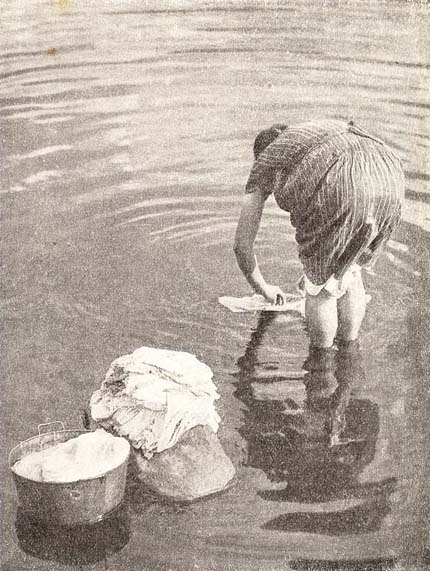
Recently we came across a few dozens of the early numbers of the journal. From time to time we will publish a bunch of pictures from them.
“They sat into an open cab. Meanwhile, their amiable guide at every moment forced them to look out from under the parasol, by showing the completed or half-finished buildings and the lots where soon they will build others. Koreyko looked angrily on Bender. Ostap turned away and cried out:
– What a wonderful Asian bazaar! Just like in Baghdad!
– On the seventeenth we will start to sweep it off – their guide said. – A hospital and the Cooperative Center will be built on its place.
– And do you not regret to disrupt this attractive and exotic picture? This is a veritable Baghdad!
– Extremely picturesque… – Koreyko sighed.
The young man got angry.
– For you, strangers, it might seem picturesque, but we have to live here!
– And how are we here… with that kind of… Asian-style little pubs? You know, where they play lute and flute? – the great combinator asked impatiently.
– We have burned them out – the young man replied nonchalantly. – It should have been eradicated long ago, this leprosy, these centers of infection. We have just liquidated the last nest of vice, the Moonlight Inn.”
– What a wonderful Asian bazaar! Just like in Baghdad!
– On the seventeenth we will start to sweep it off – their guide said. – A hospital and the Cooperative Center will be built on its place.
– And do you not regret to disrupt this attractive and exotic picture? This is a veritable Baghdad!
– Extremely picturesque… – Koreyko sighed.
The young man got angry.
– For you, strangers, it might seem picturesque, but we have to live here!
– And how are we here… with that kind of… Asian-style little pubs? You know, where they play lute and flute? – the great combinator asked impatiently.
– We have burned them out – the young man replied nonchalantly. – It should have been eradicated long ago, this leprosy, these centers of infection. We have just liquidated the last nest of vice, the Moonlight Inn.”
(Ilf-Petrov: The Golden Calf, 1931)
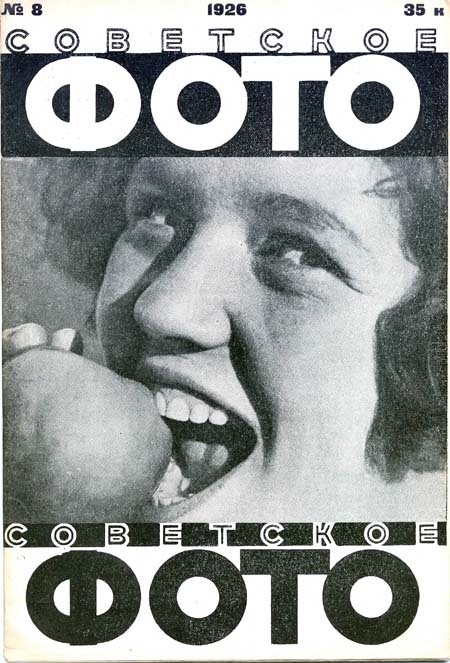
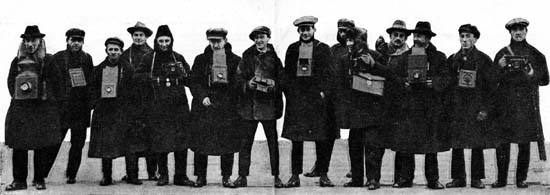
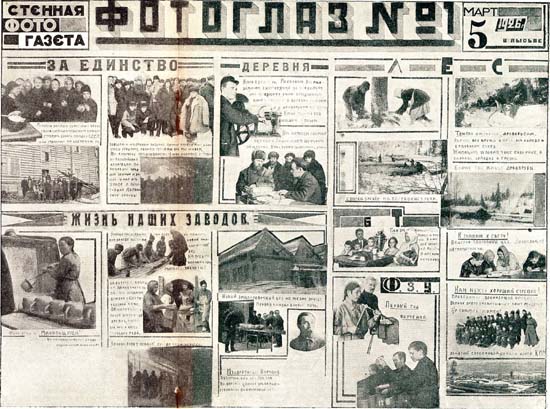
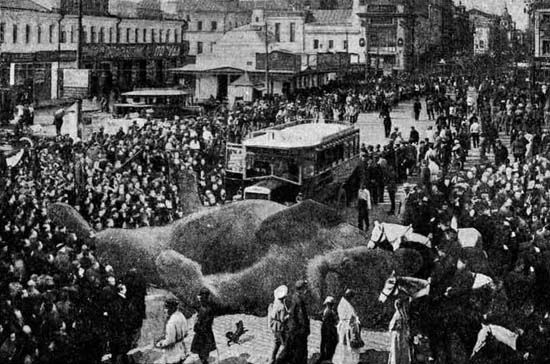
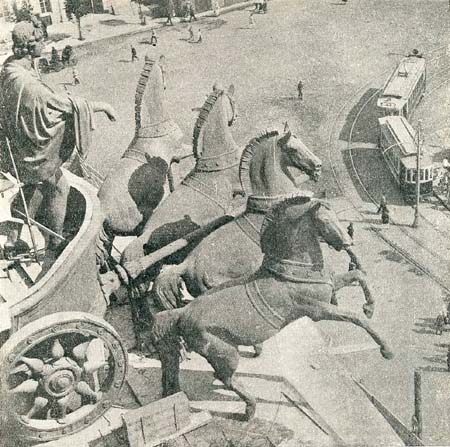
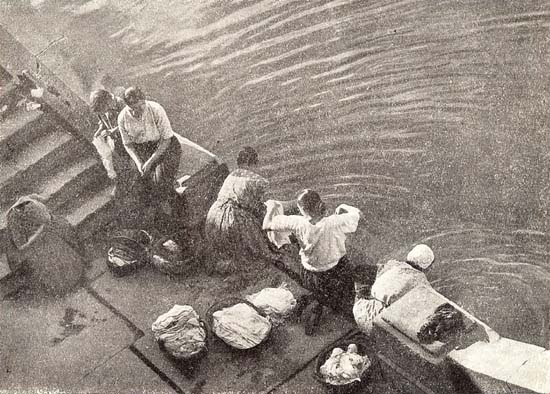
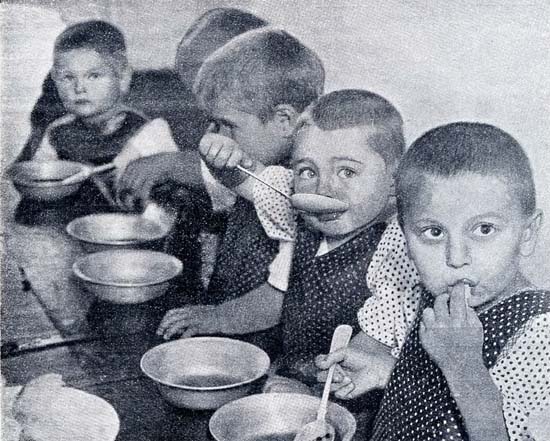
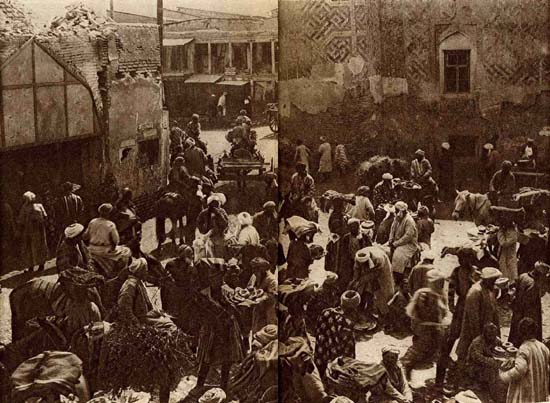

























































3 comentarios:
An anthropological essay by means of these photos.
Very good job!
Didn’t know Lenin spoke with a strong burr (Jews do the same? Never heard about).
And how exotic the Samarkand bazar!
Wow, those are great photos. I'm glad you'll be sharing more of them.
A context note for the two literary quotes: Ilf & Petrov wrote highly charged satire of the new-fangled Soviet state, probably the best of that era. The two passages are actually poking fun at the earnestness of the proletariat photographer & at the Soviets' tendency to destroy *everything* of the "old regime" they came across, however valuable culturally.
Publicar un comentario